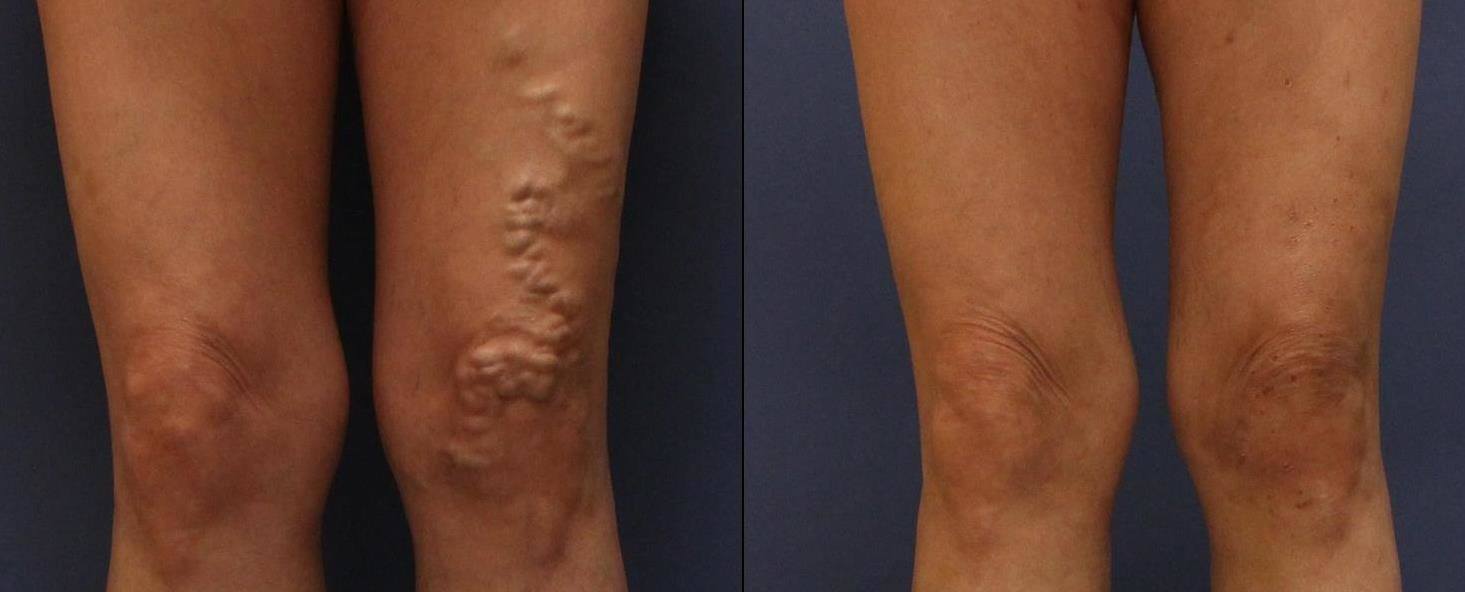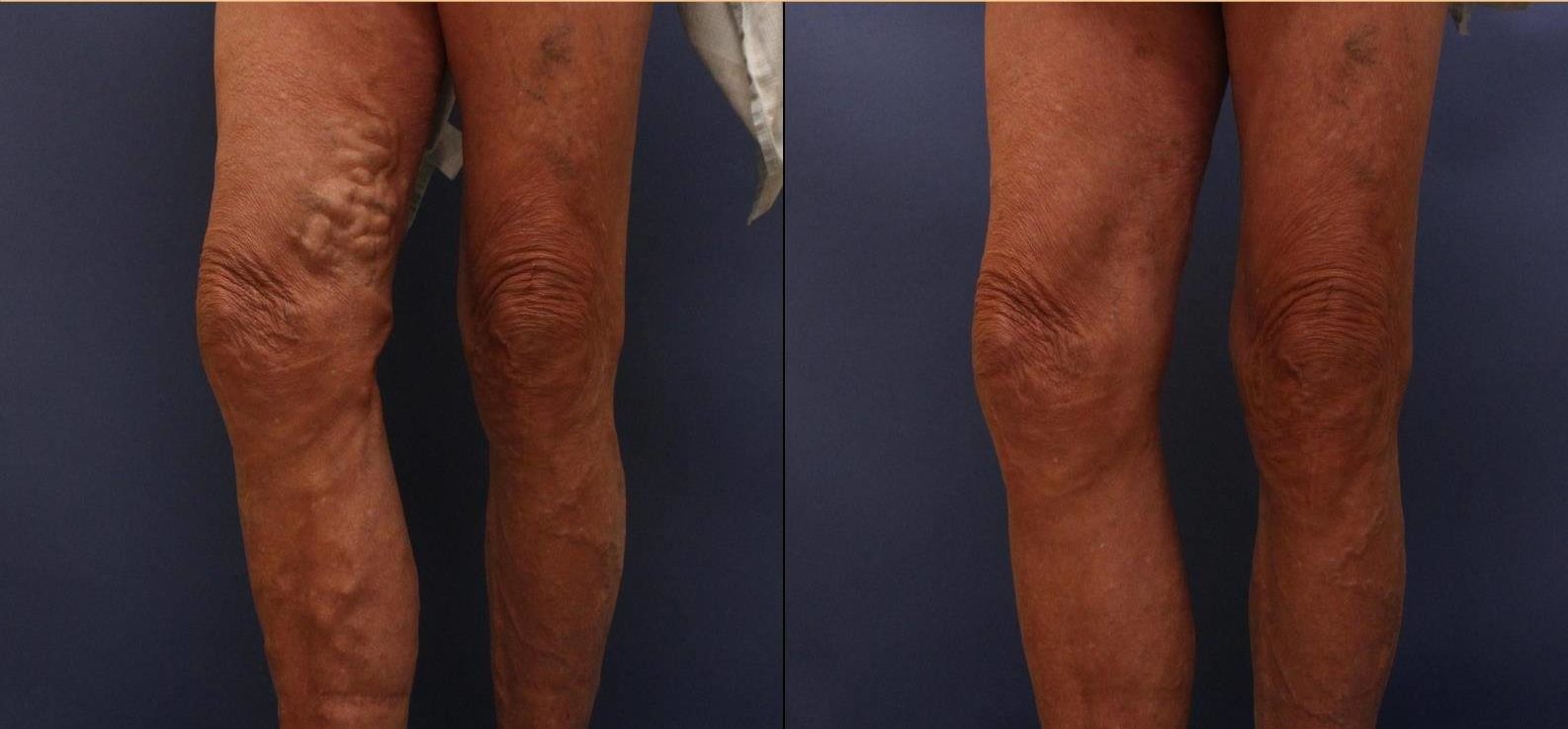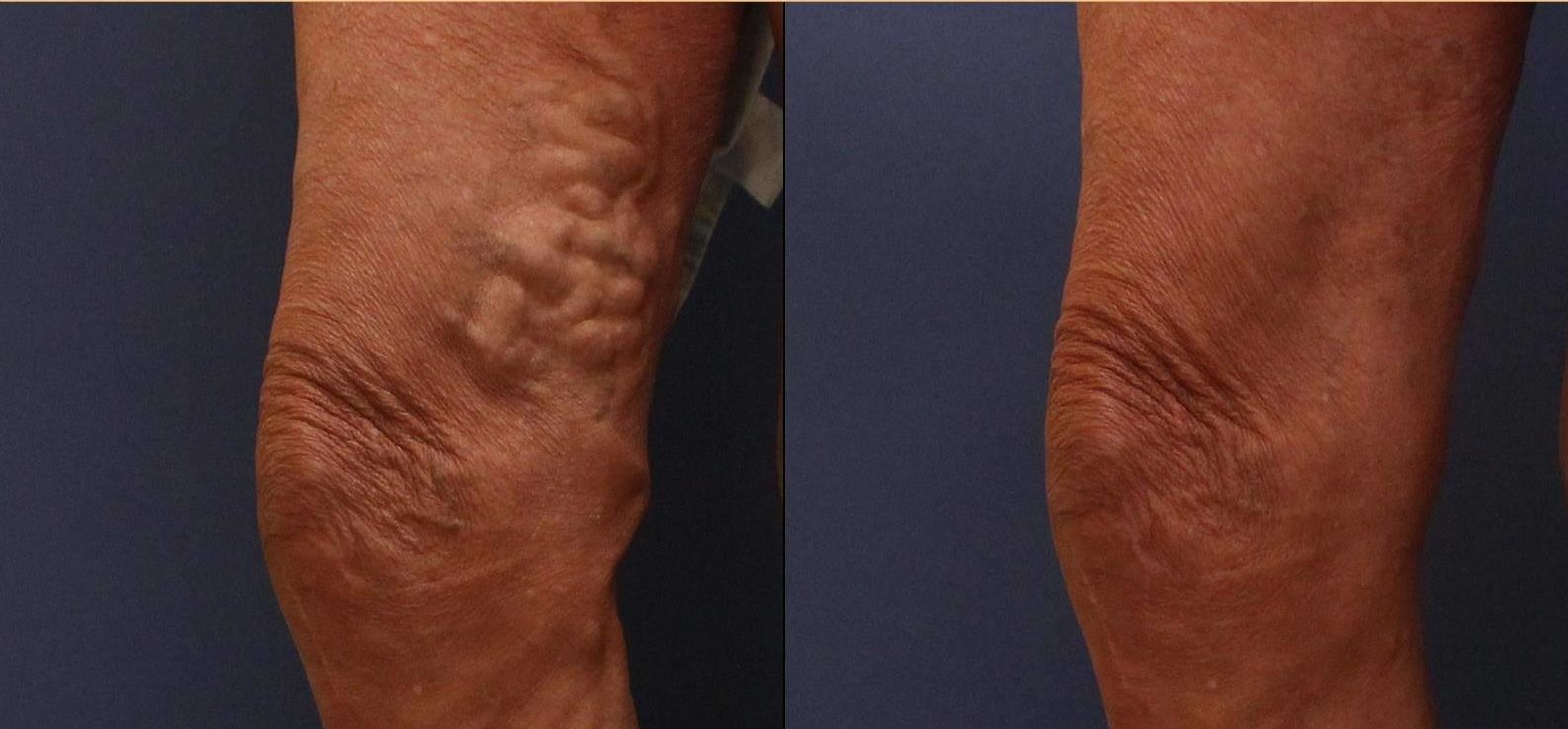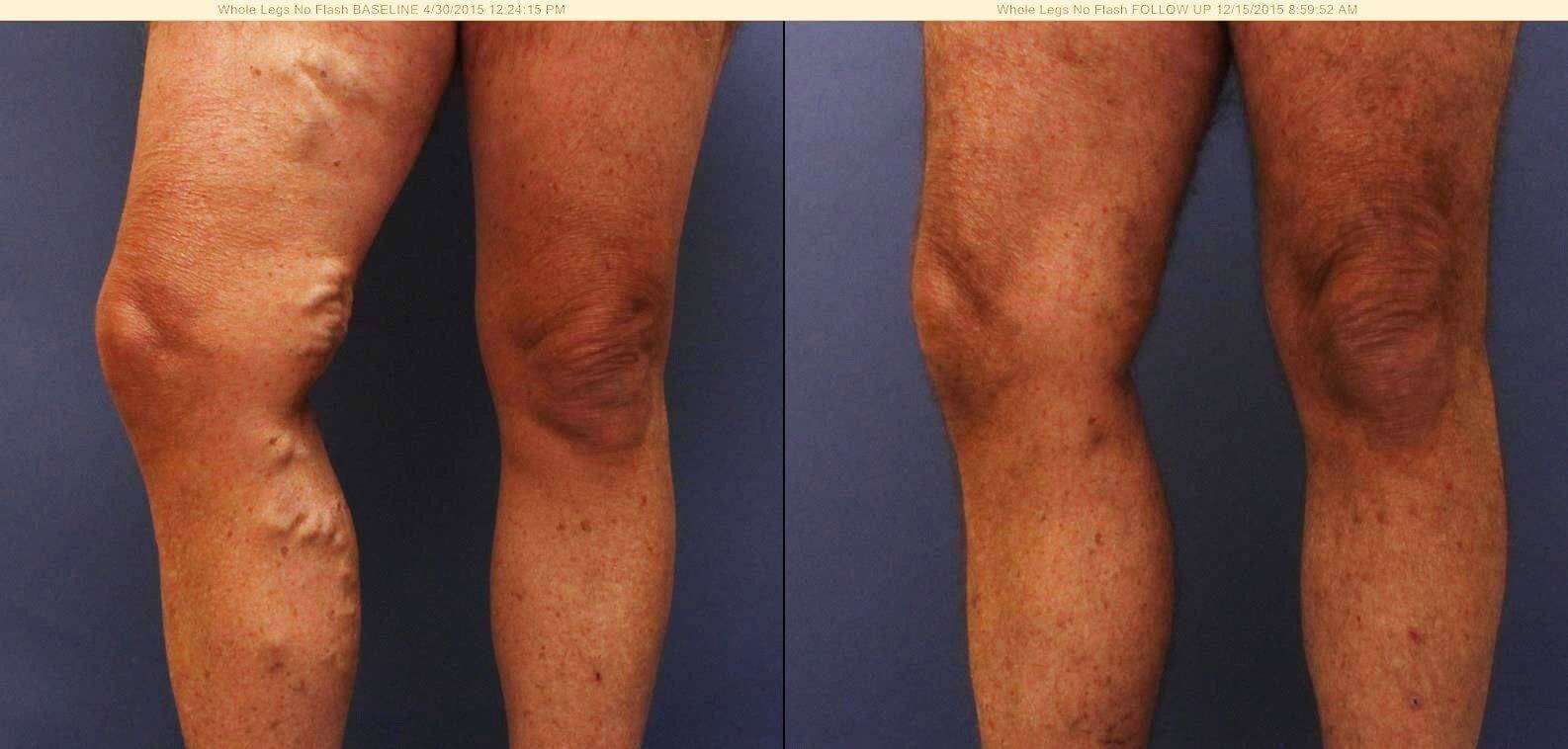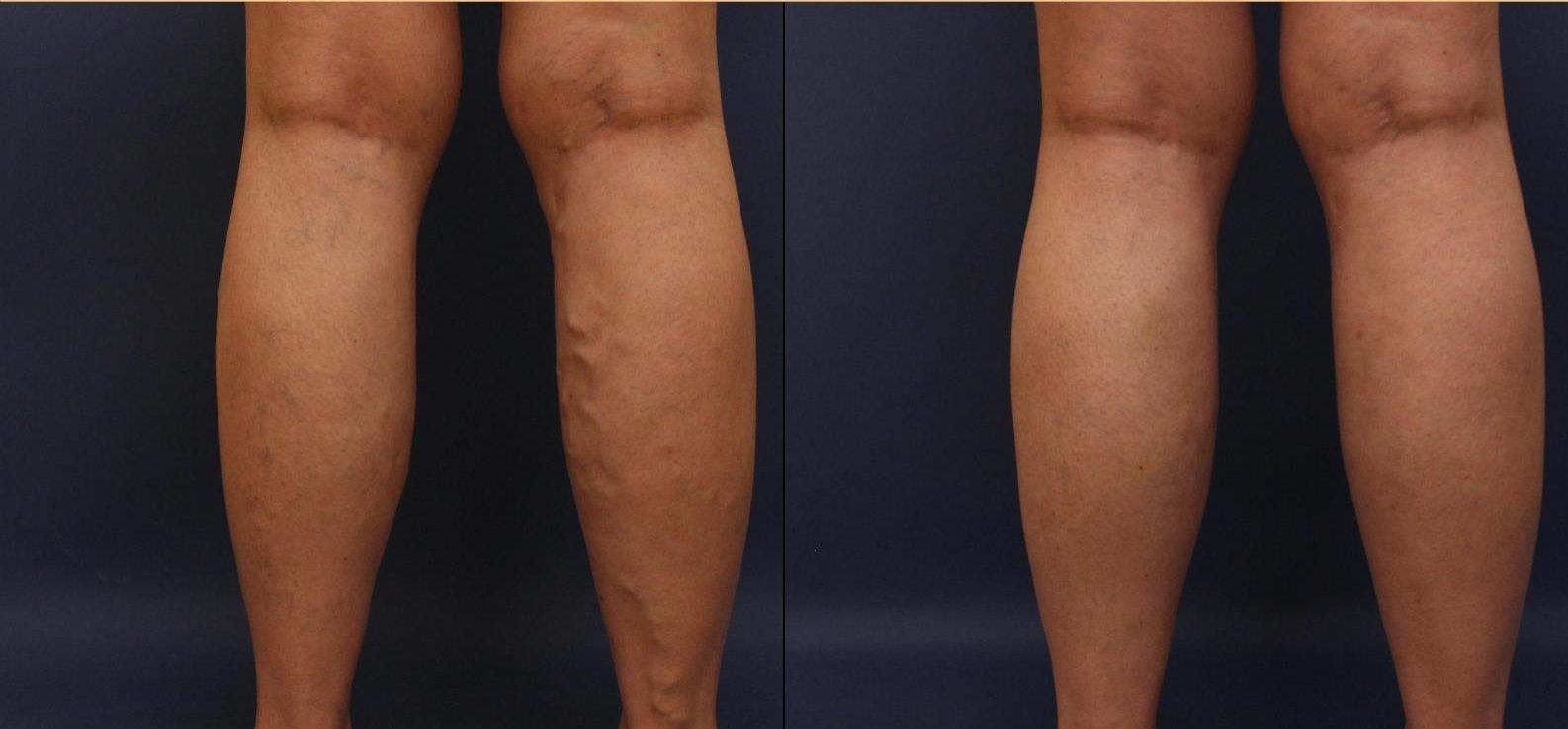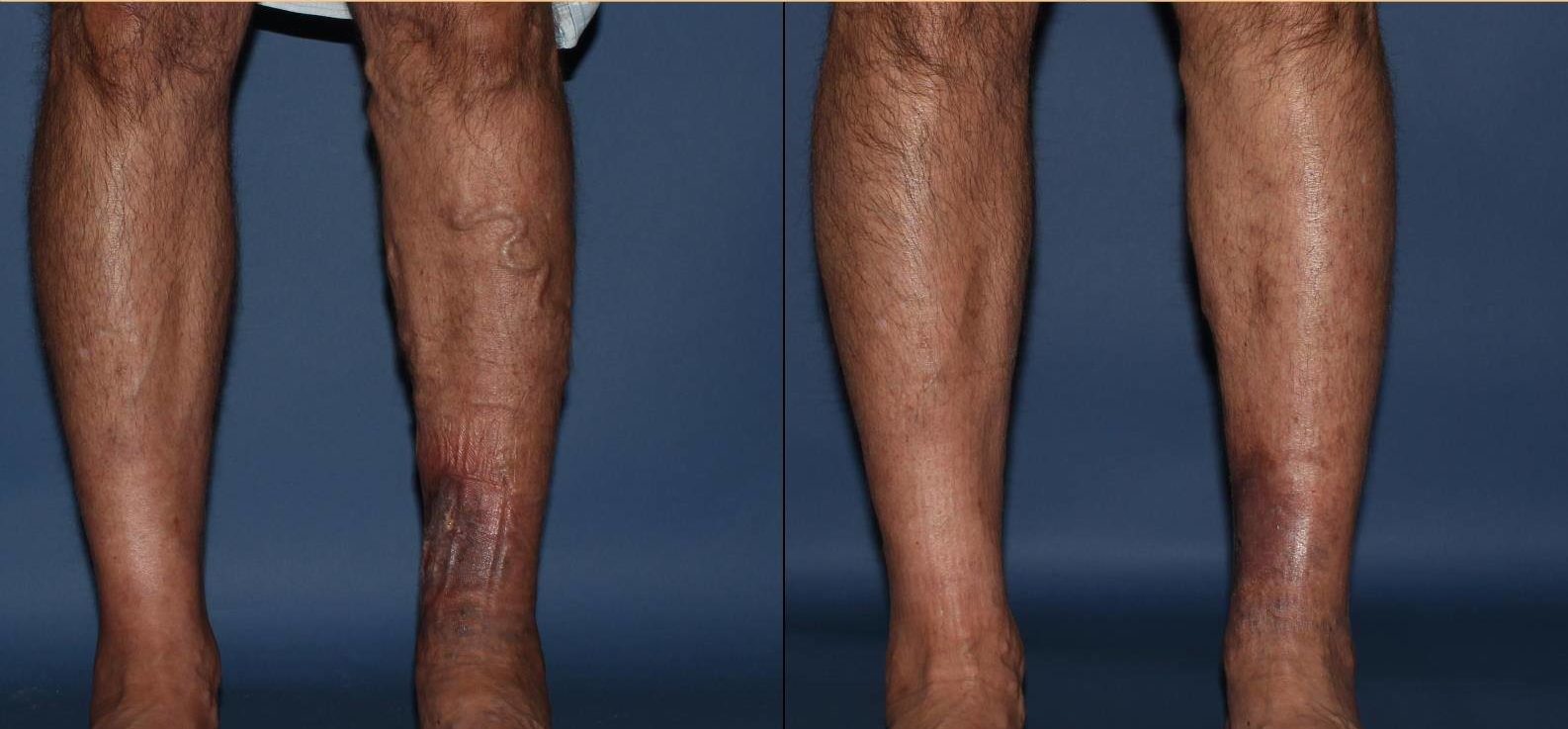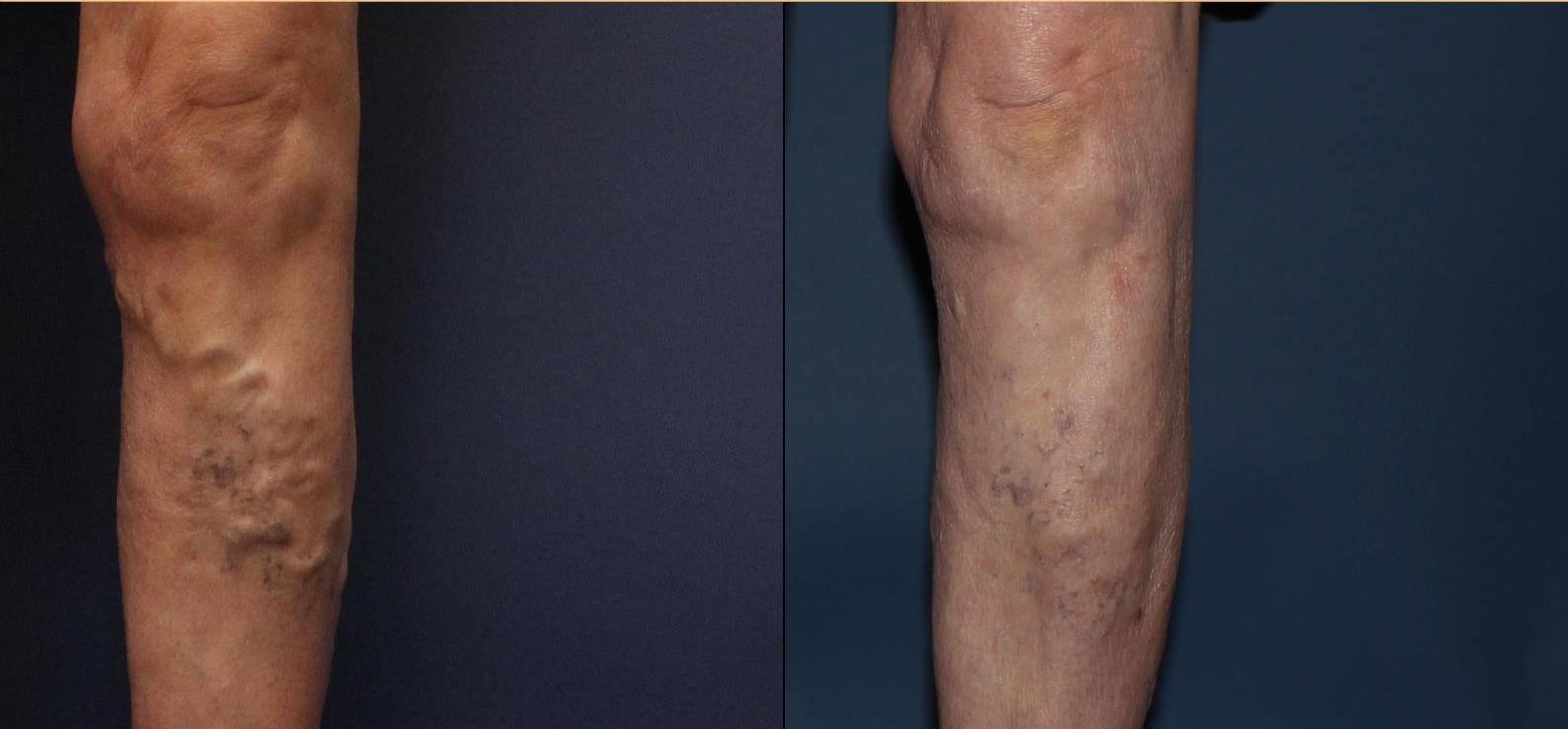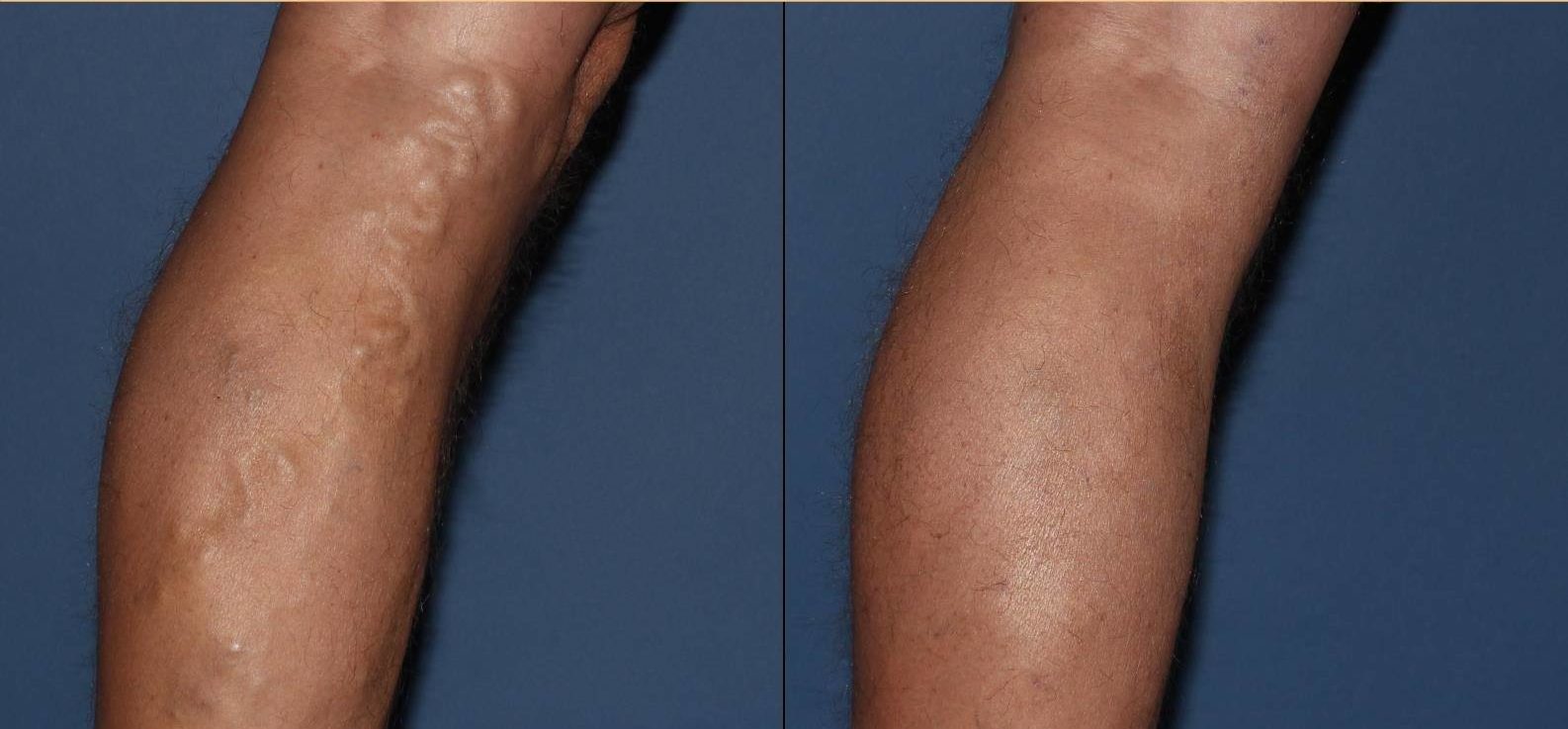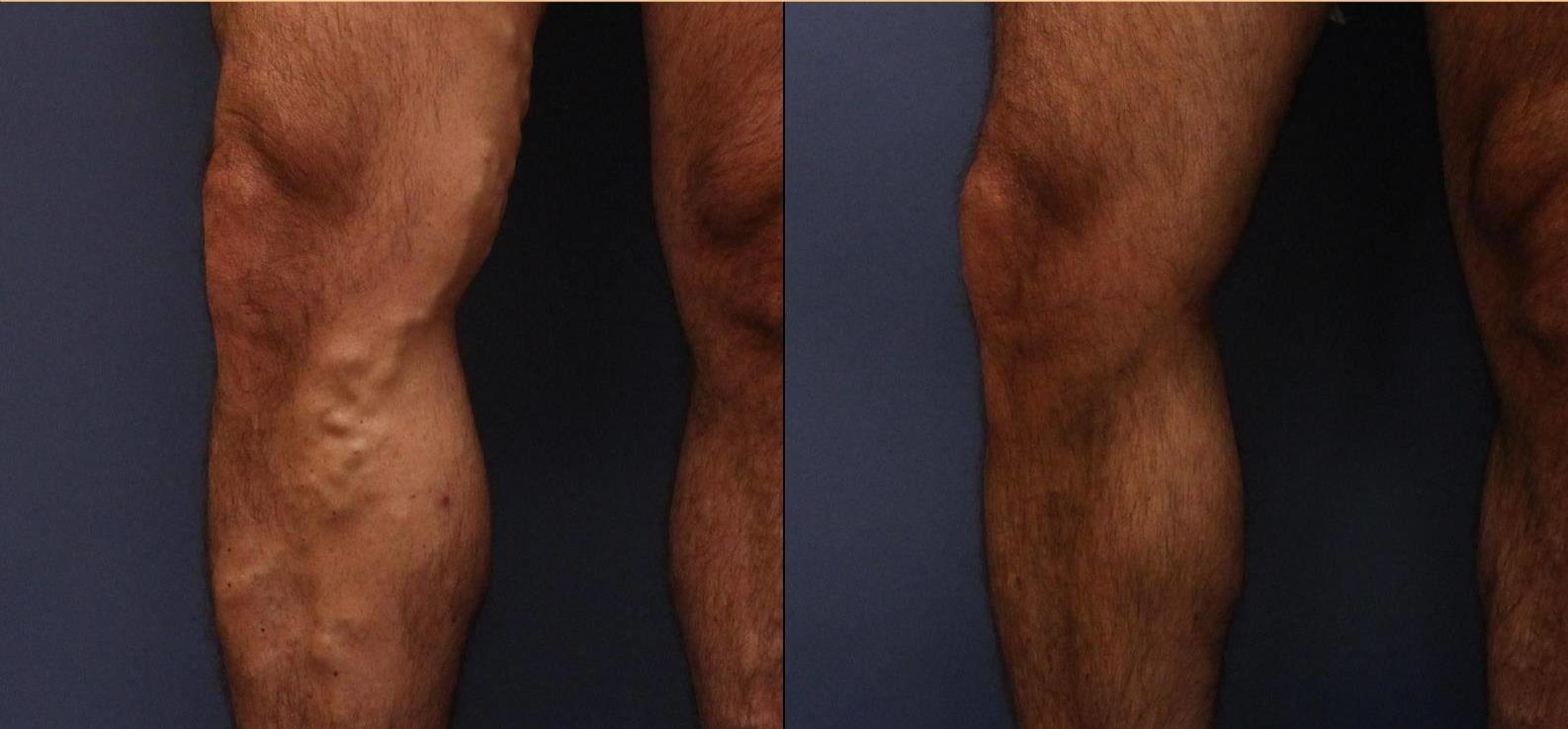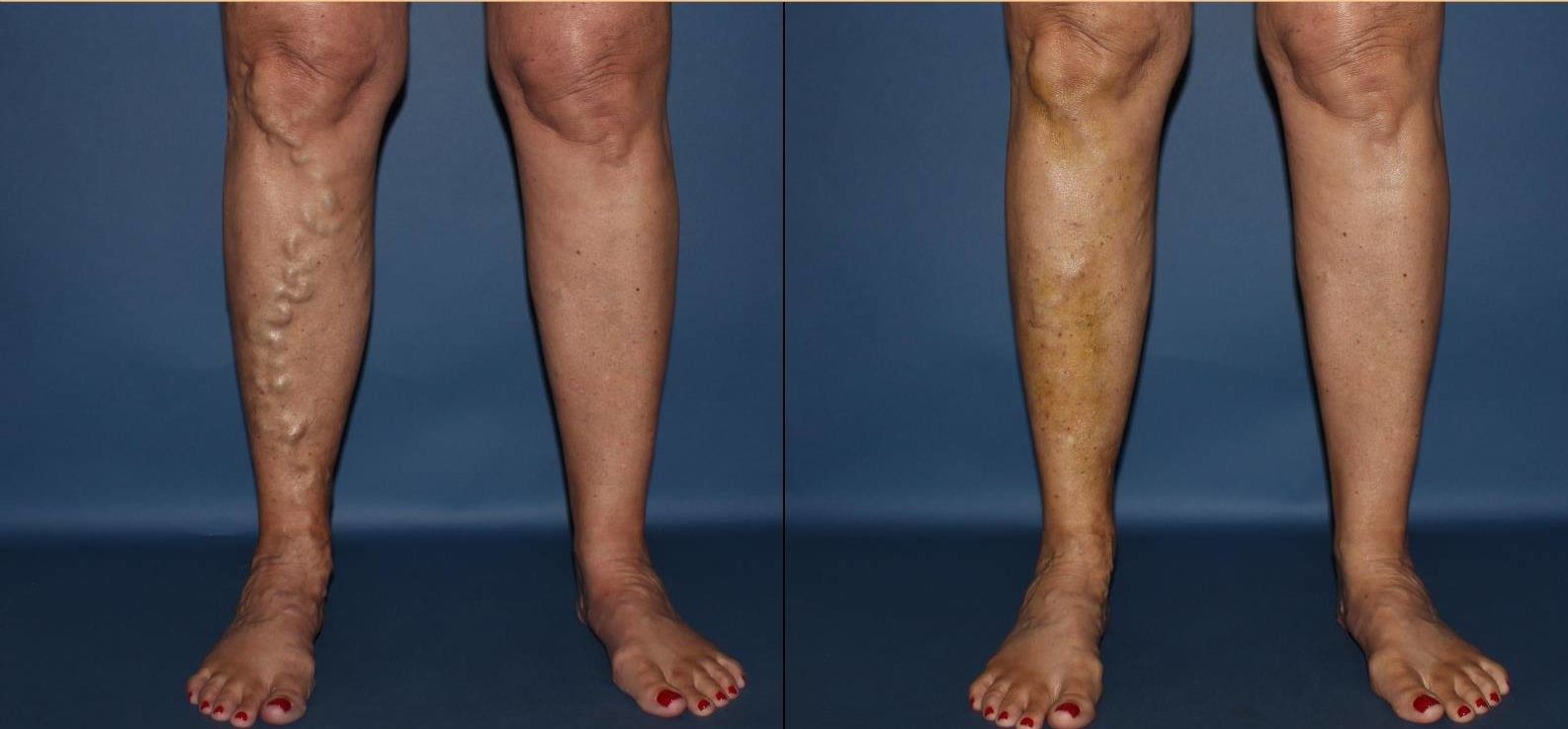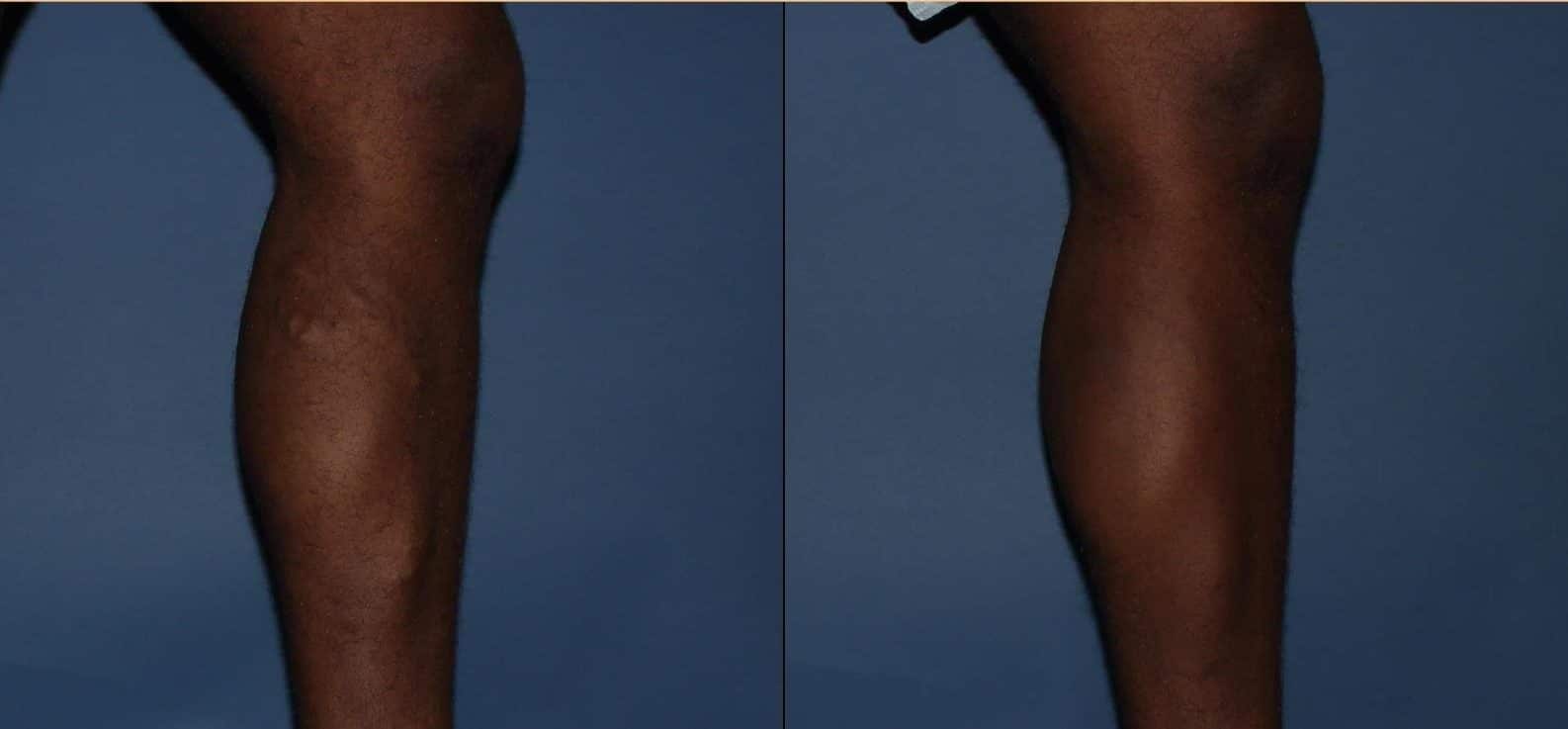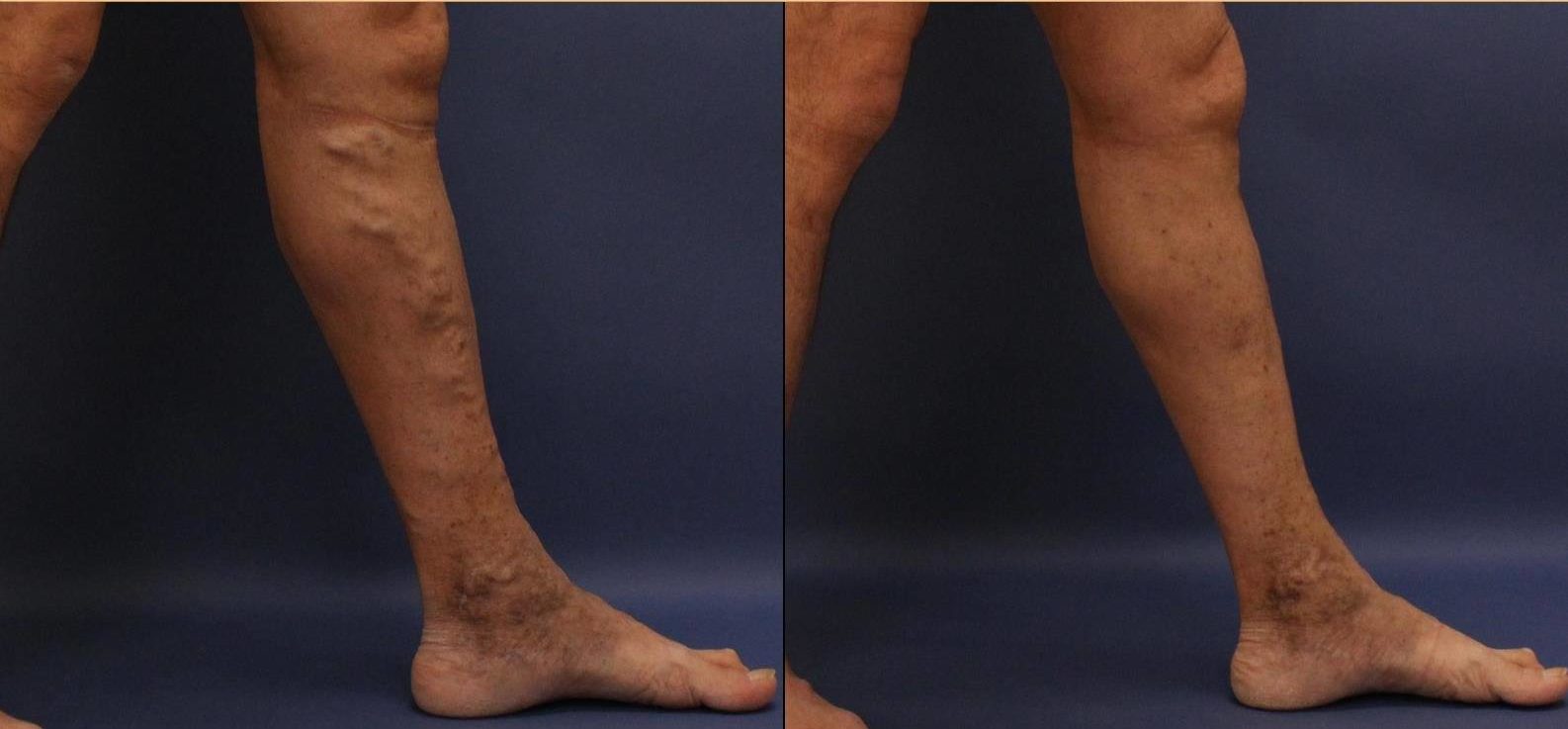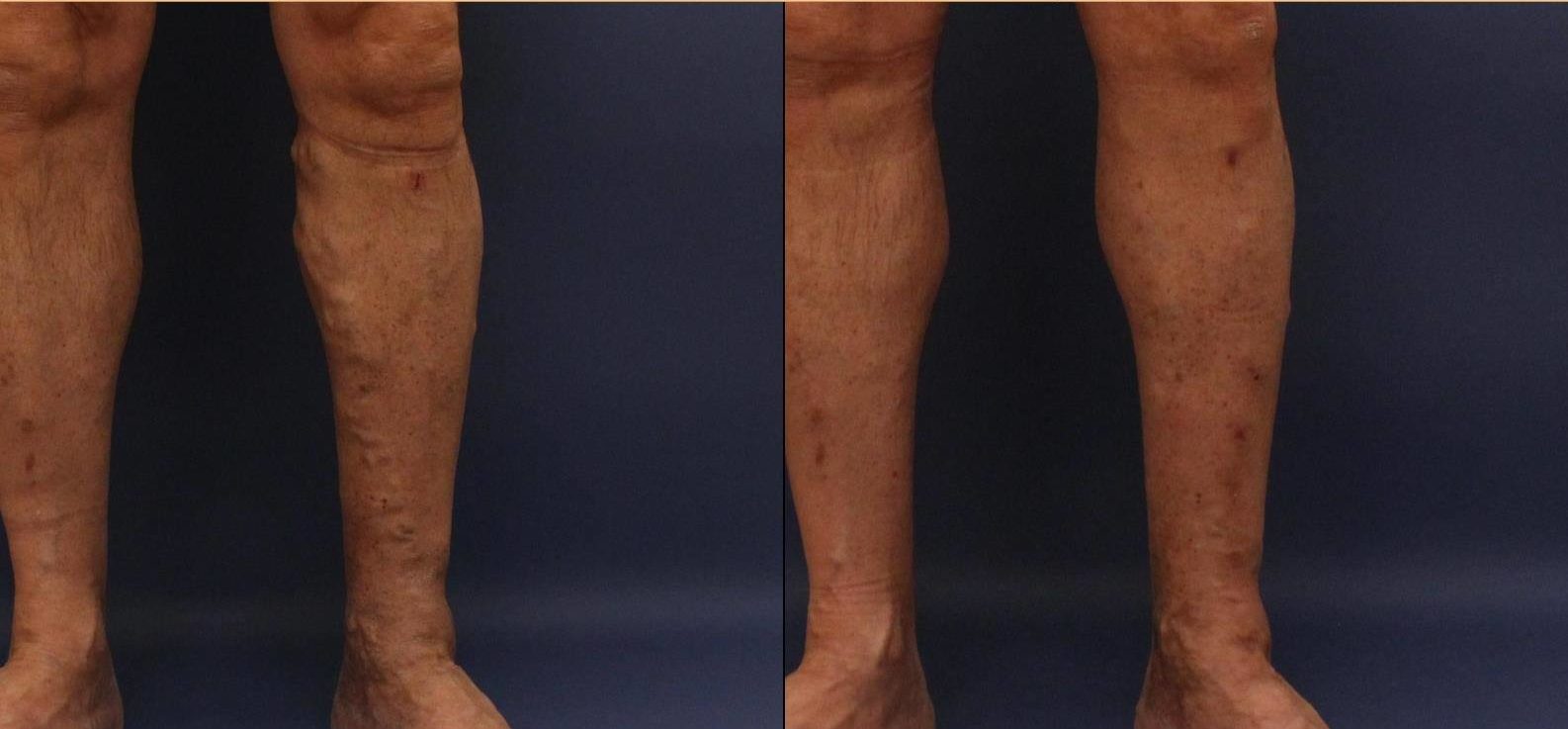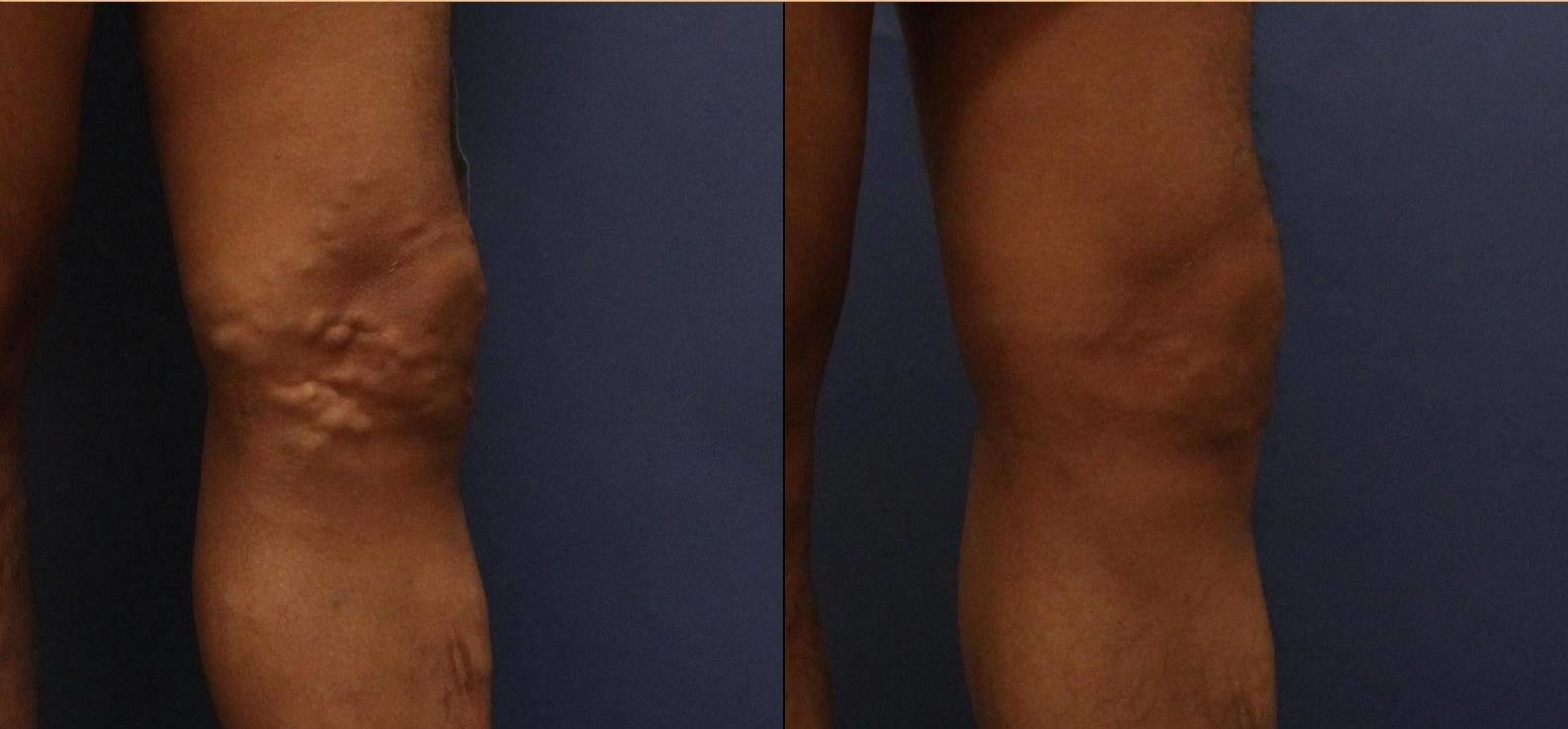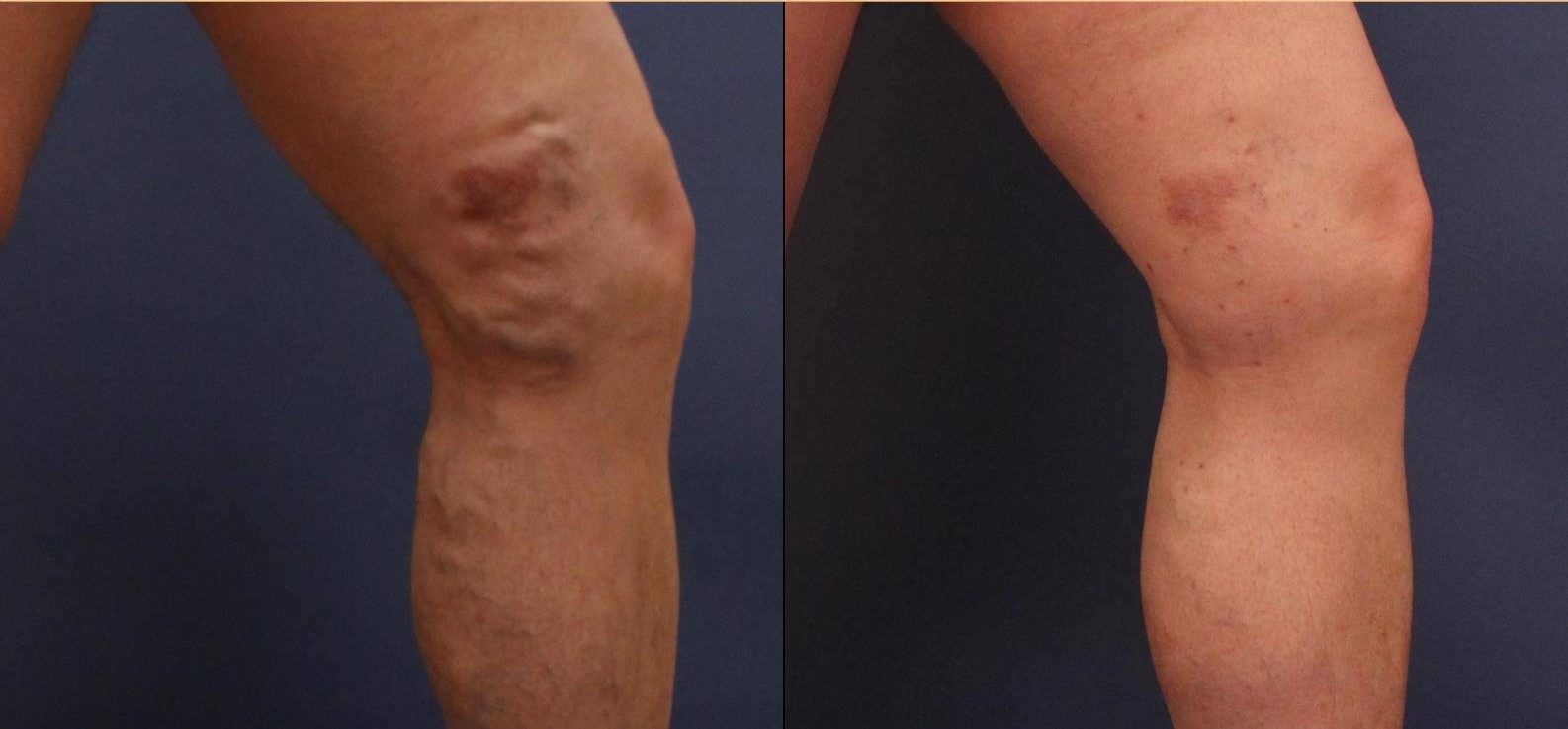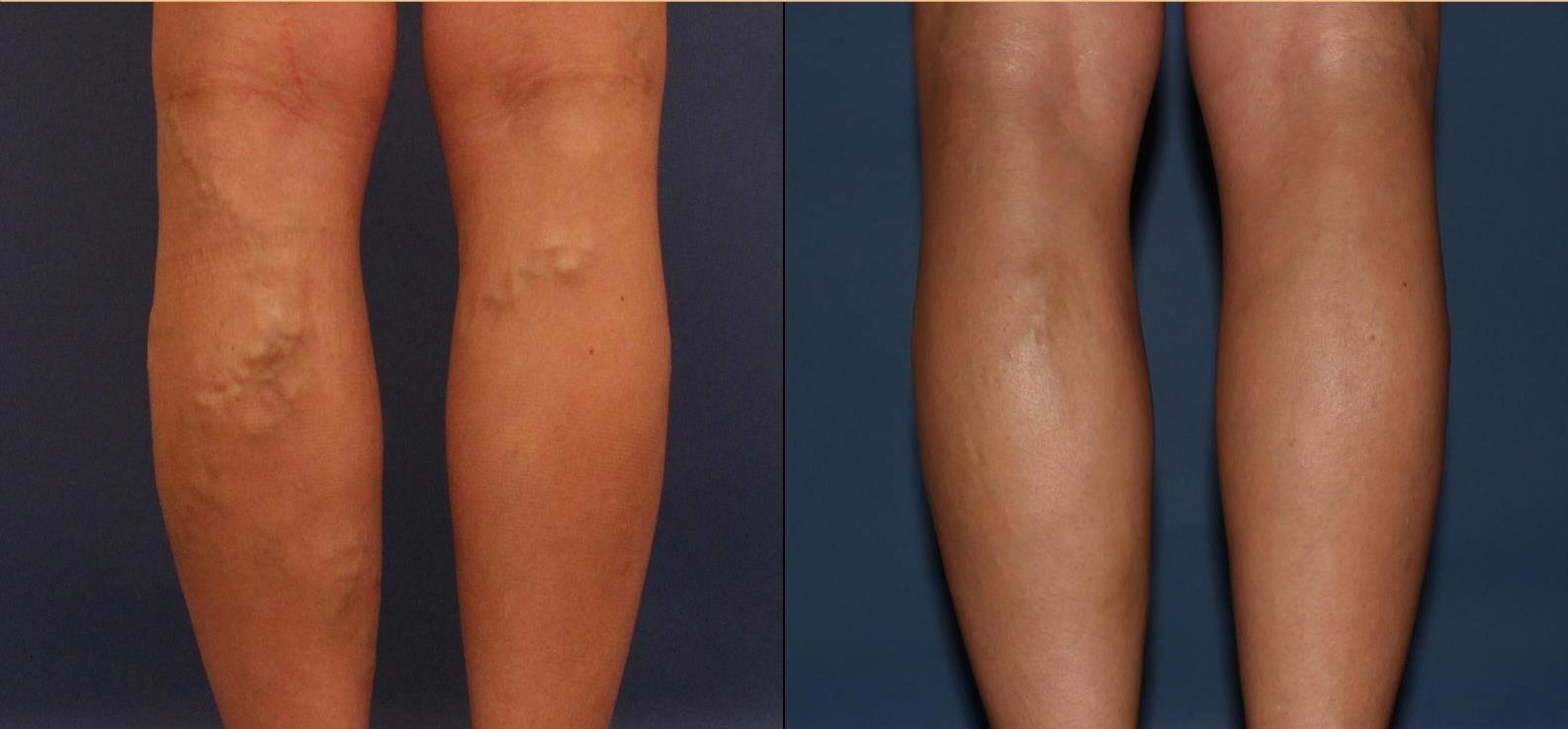Varicose veins, a prevalent condition, often bring discomfort and pain to affected individuals. These swollen, twisted veins, which are visible under the skin, not only mar appearance but can also lead to leg aches and fatigue. Thankfully, a variety of treatment options exist to address varicose veins. At Beach Cities Vein & Laser Center in Los Angeles, CA, we specialize in varicose vein treatment, offering advanced solutions to those affected by this common condition. Led by Dr. Mark Rayman, we are dedicated to providing effective and minimally invasive treatments for varicose veins.
What Are Varicose Veins?
Varicose veins are enlarged, swollen, and twisting veins, often appearing blue or dark purple. They occur when faulty valves in the veins allow blood to flow in the wrong direction or pool. This condition is not only a cosmetic concern but can also cause discomfort and lead to more serious health issues.
Causes of Varicose Veins
Varicose veins develop when the valves in the veins, which are responsible for regulating blood flow, become weak or damaged. This impairment leads to the accumulation of blood in the veins, causing them to enlarge and become varicose. Several factors contribute to the weakening of these valves, including:
- Age
- Genetics
- Pregnancy
- Obesity
- Prolonged sitting or standing
- Hormonal influences
Symptoms of Varicose Veins
The symptoms of varicose veins can vary from mild to severe. These symptoms may include:
- Visible veins
- Aching pain
- Heaviness and discomfort in the legs
- Swelling in the lower legs, ankles, or feet
- Itching around the veins
Our Varicose Vein Treatments in Los Angeles
Endovenous Laser Treatments
Endovenous laser treatments involve using targeted laser energy to heat and close off problematic veins, effectively treating varicose veins with minimal downtime. This highly effective treatment offers a less invasive alternative to traditional surgery.
During this type of varicose veins laser therapy, a small fiber is inserted into the affected vein through a tiny incision. Then we can deliver the heat energy that causes the vein walls to collapse and seal shut. We perform this treatment under local anesthesia to keep you comfortable throughout the process. Most sessions take less than an hour, and you’ll be able to return to light activities shortly after.
Benefits of Varicose Laser Treatment
Varicose laser treatments offer effective treatment of varicose veins without invasive techniques like vein stripping or ligation. It is ideal for those looking for a quick recovery and minimal disruption to their lives. It can be beneficial for patients who have larger veins that are close to the surface.
Radiofrequency Ablation
Radiofrequency ablation utilizes controlled radiofrequency energy to heat and seal the affected veins, providing a safe and effective solution for varicose vein relief. This treatment is known for its precision and quick recovery time.
During the procedure, a small catheter is inserted into the problematic leg veins, delivering radiofrequency energy directly to the vein walls. The heat causes the vein to collapse and eventually be reabsorbed by the body. The treatment is also performed under local anesthesia, and patients can expect minimal discomfort. The entire process typically takes about 30 to 60 minutes, depending on the number and size of veins being treated.
Radiofrequency ablation offers:
- Controlled energy application targets veins without affecting surrounding tissues
- Quick recovery time
- No need for general anesthesia
- Long-lasting results, especially for larger leg veins
- Convenient outpatient procedure with minimal discomfort
Varithena
Varithena is a minimally invasive, foam-based sclerotherapy treatment that collapses and seals varicose veins, offering a non-surgical option for patients seeking relief from vein discomfort. The foam is injected directly into the vein, allowing for targeted treatment with minimal discomfort.
During the Varithena treatment, you will be comfortably positioned while the foam is injected into the affected vein through a small catheter or needle. The entire procedure typically takes less than 30 minutes, depending on the size and number of veins being treated. Most patients report only mild pressure or tingling at the injection site. After the treatment, you will be able to walk around immediately and can generally return to your normal activities the same day.
Benefits of Varithena
One of the standout benefits of Varithena is its versatility in treating both large and small varicose veins. The foam formulation also allows for precise targeting of irregular or twisted veins that may be challenging to treat with other methods. With minimal discomfort and a high success rate, Varithena is a good option for patients seeking a non-surgical solution for vein relief.
VenaSeal™
VenaSeal is an innovative treatment that uses a medical adhesive to close off varicose veins, providing a quick and effective solution without the need for heat or sclerosants. This method is known for its rapid recovery time and minimal post-treatment discomfort.
What to Expect From VenaSeal Treatment
During the VenaSeal procedure, a small catheter is inserted into the affected vein, allowing the medical adhesive to be delivered precisely where it is needed. The adhesive works by sealing the vein shut, redirecting blood flow to healthier veins. Unlike other treatments, there is no need for compression stockings, and post-treatment care is simple, allowing patients to resume their regular activities almost instantly.
Benefits of VenaSeal
VenaSeal eliminates the need for heat-based treatments or sclerosants. This adhesive-based treatment results in minimal bruising and little to no pain during and after the appointment. VenaSeal is particularly appealing for patients seeking a quick recovery, as it allows you to avoid the use of compression stockings and get back to your daily life with minimal disruption.
Microphlebectomy
Microphlebectomy involves making tiny incisions to remove smaller varicose veins or spider veins, offering a simple and effective treatment with minimal scarring. This procedure is often performed with other therapies for comprehensive vein care.
During this procedure, we make the incision and then gently remove the vein through the incision. No incisions are needed after the procedure because the incision is so small. After the procedure, we place a steri-strip on the incision and apply a dressing. You can go right back to your day, but we may have you use compression stockings. This procedure may be right for those who have had other treatments performed but who still have visible varicose veins.
Ultrasound Guided Therapy
Ultrasound-guided therapy allows for precise targeting of varicose veins using ultrasound imaging, ensuring accurate treatment and optimal results. This technique is often used with other treatments to enhance their effectiveness.
Benefits of Ultrasound-Guided Therapy
Ultrasound-guided therapy offers greater precision. It allows providers to visualize veins in real-time, which means that even deep or hard-to-detect leg veins can be accurately targeted. This technique is especially beneficial for patients with more complex or deeper veins that might be difficult to treat with traditional methods. Ultrasound guidance can also help reduce the risks of complications and lead to more consistent and long-lasting results.
Conservative Treatments
Conservative treatments for varicose veins include lifestyle changes, compression stockings, and exercise, which can help alleviate symptoms and slow the progression of the condition. These measures are often recommended as a first-line approach or with other treatments.
- Lifestyle Changes: Elevating your legs when resting, avoiding prolonged periods of standing or sitting, and maintaining a healthy weight can reduce pressure on the veins. These changes can improve circulation and help prevent the condition from worsening or new veins from forming.
- Compression Stockings: Compression stockings apply gentle pressure to the legs, supporting the veins and improving blood flow. These stockings can help reduce swelling, discomfort, and the feeling of heaviness in the legs. They are often recommended for those who spend long hours on their feet or for patients in the early stages of varicose veins.
- Exercise: Regular exercise, especially low-impact activities like walking, swimming, and cycling, can promote better circulation and strengthen the muscles that support your veins. Exercise helps prevent blood from pooling in the legs and can alleviate symptoms such as swelling and cramping.
Elevating the Legs: Elevating your legs above the level of your heart for 15-20 minutes several times a day can reduce the pressure on your veins. This practice encourages blood to flow back to your heart, decreasing the likelihood of swelling and discomfort.
Frequently Asked Questions About Varicose Vein Treatments
How Long Does It Take to Recover From Varicose Vein Treatment?
Recovery time varies depending on the treatment method. Many patients can resume normal activities within a few days, but following your doctor’s specific aftercare instructions is essential.
Will Your Varicose Veins Come Back After Treatment?
While treatment can effectively close or remove the affected veins, it does not prevent new varicose veins from forming. Maintaining a healthy lifestyle and following our recommendations can help reduce the risk of developing new varicose veins.
How Long Does a Varicose Vein Treatment Session Last?
The duration of a varicose vein treatment session varies depending on the method used. Minimally invasive choices like endovenous laser treatments and radiofrequency ablation typically take about 30 minutes to an hour, while more extensive treatments may take longer.
How Quickly Will You See Results After Varicose Vein Treatment?
The time it takes to see results after varicose vein treatment can vary depending on the method used and the severity of the condition. Some patients may notice an improvement in symptoms and appearance within a few weeks, while others may take several months to appreciate the results fully. We will provide you with a realistic timeline based on your specific situation.
Who Is a Good Candidate for Varicose Vein Treatments?
Ideal candidates for varicose vein treatment are experiencing symptoms such as pain, swelling, heaviness, or visible bulging veins in their legs. Factors that may affect candidacy include overall health, the varicose veins’ severity, and any underlying vascular conditions. While age is not a primary determinant, younger patients may experience quicker recovery times. Lifestyle factors, such as being active and maintaining a healthy weight, can also influence treatment outcomes. It’s important to consult with us to determine your suitability for varicose vein treatment and discuss the best approach for your needs.
What Is the Difference Between Varicose Veins and Spider Veins?
Spider veins are also caused by faulty valves and pooling in the veins. However, they appear closer to the surface of the skin, are small and spidery in appearance, and are flat rather than bulging. Spider veins often cause less discomfort than varicose veins and are usually just cosmetic. Many of the same techniques that are used in varicose vein treatments can be used for spider veins
Discover the Benefits of Varicose Vein Treatment in Los Angeles, CA
At Beach Cities Vein & Laser Center, led by Dr. Mark Rayman, we pride ourselves on delivering state-of-the-art varicose vein treatment to our patients in Los Angeles, CA, and surrounding areas. We are renowned for our expertise, advanced technology, and commitment to patient care, ensuring you receive the best possible treatment for your varicose veins.
The benefits of choosing our varicose vein treatment are numerous, from relieving discomfort and improving leg appearance to enhancing overall quality of life. We understand the importance of personalized care and are dedicated to helping you achieve optimal results. If you’re ready to take the first step toward healthier, more beautiful legs, contact us online or call (310) 904-6681 for a consultation with us.



